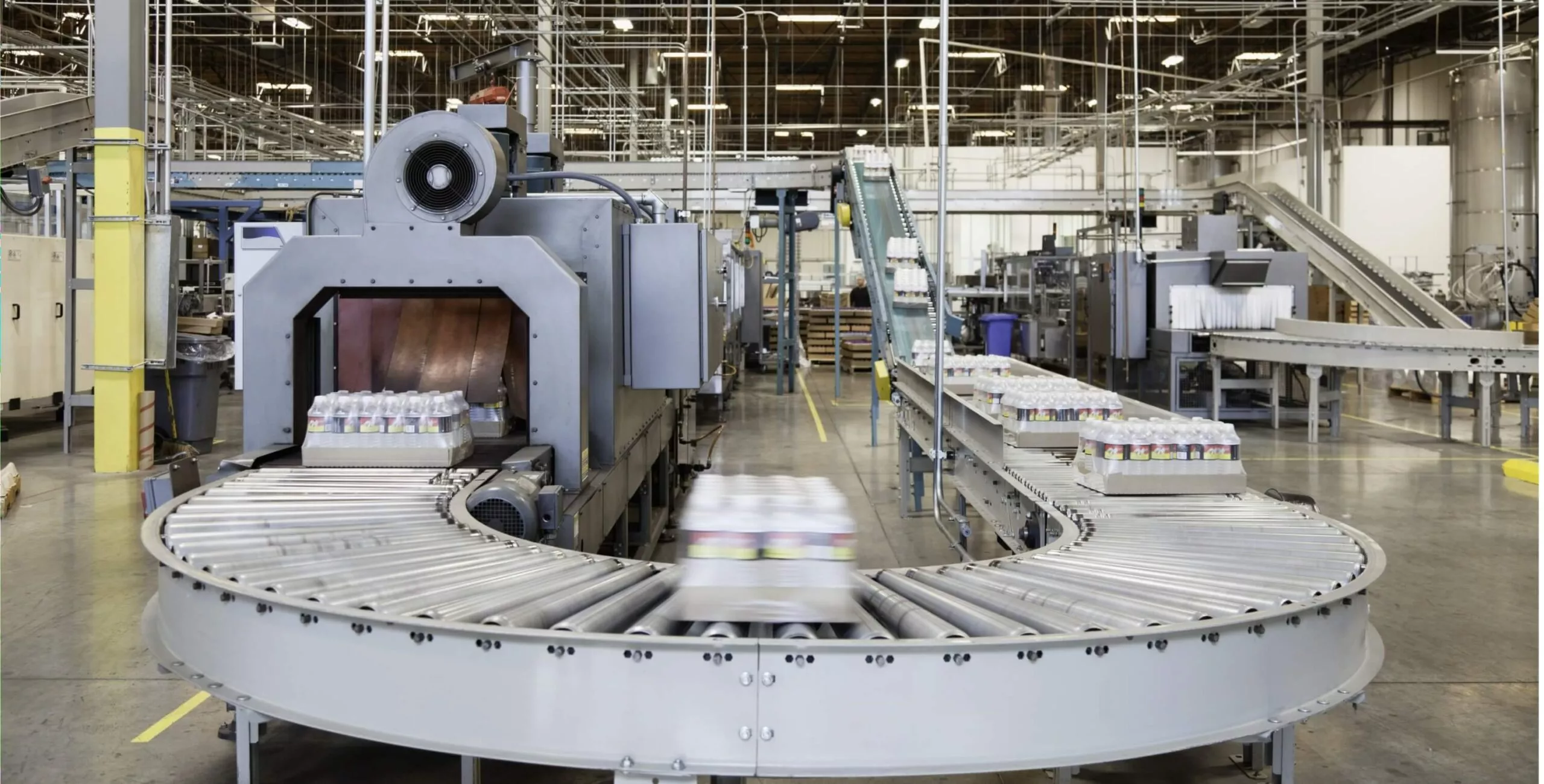A lot of maintenance programs start small and grow over time. They often end up focusing mainly on fixing things that break, rather than preventing problems in the first place. Sometimes, technicians end up always rushing to put out fires instead of doing preventative maintenance work. To make maintenance work well in your organization, you need a good system in place that keeps improving. One popular method for this is called the Plan-Do-Check-Act (PDCA) approach. It’s all about constantly reviewing and improving the way you do things.
The PDCA approach is like a cycle that helps you keep getting better. You start by planning what needs to be done, then you do it. After that, you check to make sure it’s working well and sticking to the plan. If there are issues, you act to fix them and adjust your plans as needed. As you keep using this cycle, your organization gets good at managing work and doing maintenance tasks efficiently. It’s like having a roadmap that helps you stay on track and keep improving.
What is the Plan Do Check Act (PDCA) cycle?
The PDCA cycle helps people make improvements in how they do their work. People at different levels of a company use this cycle to make things work better. It’s a bit like a first step into Lean manufacturing. Just like other Lean methods, PDCA aims to make production more efficient and improve processes. Leaders use it to make sure work procedures are good, teams use it to make changes during events, and managers use it to try out new ideas after checking how things are going.
Where Does Plan-Do-Check-Act Come From?
The PDCA model is a key part of how lean manufacturing works, along with other well-known ideas like Lean Six Sigma and Kaizen.
It all started with an American engineer named W. Edwards Deming. He and another engineer named Walter Shewhart came up with the PDCA cycle. Deming did a lot of work with Japanese industry leaders, especially at Toyota, after World War II. These leaders were becoming famous worldwide for how well they made things using lean manufacturing.
Deming liked to call it PDSA instead of PDCA. He thought “Study” made more sense than “Check” because it showed if a change was a good idea.
People call the PDCA cycle by different names, like the Deming Cycle, the Plan-Do-Study-Act Cycle, or the Shewhart Cycle.
When to Use the Plan Do Check Act (PDCA) Cycle?
You can use the PDCA cycle in different situations:
- When you’re starting a new project to make things better.
- When you’re creating or improving a process, product, or service.
- When you’re setting up a routine work process.
- When you’re planning to collect and analyze data to figure out problems or root causes.
- When you’re making any kind of change.
- When you are working towards constant improvement
Steps of the PDCA Cycle
Here are the 4 steps of PDCA cycle:
- Plan: See an opportunity and make a plan for a change.
- Do: Test out the change by doing a small study or experiment.
- Check: Look at the results of the test, analyze them, and figure out what you learned.
- Act: Apply what you’ve learned by taking action. If the change didn’t work, try a new plan. If it worked, use what you learned for bigger improvements. Start the cycle again by planning new changes.
Plan-Do-Check-Act Example
Scenario:
A coffee shop is experiencing longer than usual wait times during peak hours, leading to customer frustration and lost sales. They decide to use the PDCA cycle to address this issue:
Plan:
- Identify the problem: Analyze customer wait times by tracking the average time spent in line and waiting for orders.
- Analyze the cause: Observe the ordering and preparation process to identify potential bottlenecks. This might involve observing barista workflow, examining equipment limitations, or analyzing order complexity during peak hours.
- Develop a solution: Based on observations, potential solutions could include:
- Streamlining the ordering process: Introducing a mobile ordering app or implementing self-service kiosks to reduce in-person ordering pressure.
- Optimizing workflow: Assigning specific tasks and roles to baristas during peak hours to increase efficiency. This could involve separate baristas for brewing, pouring, and customizing drinks.
- Simplifying complex orders: Offering pre-made combinations for popular or complex drinks to reduce preparation time.
Do:
- Implement the chosen solution: Based on the analysis, the coffee shop decided to implement a mobile ordering application in a one-month trial period.
- Monitor performance: Track customer wait times during peak hours, both with and without the app, to compare the effectiveness of the solution. Additionally, gather customer feedback through surveys or in-person interactions to gauge their experience with the mobile app.
Check:
- Analyze the results: After the trial period, analyze the collected data. Compare average wait times with and without the mobile app. Review customer feedback to understand their experience and any potential issues with the app.
- Identify any unintended consequences: Analyze if the app impacted other aspects like order accuracy, customer service interactions, or staff workload.
Act:
- Refine or iterate: Based on the findings:
- If successful: Fully implement the mobile ordering app and consider integrating customer feedback for further improvement.
- If partially successful: Identify areas for improvement, such as further optimizing the app or combining it with other solutions like streamlining workflow. If customer feedback highlights specific concerns, address them through app updates or training staff to assist with app usage.
- If not successful: Explore alternative solutions to address the problem, repeating the PDCA cycle with the new approach.
Benefits of PDCA Cycle for Maintenance Teams
- Organized Approach: It gives maintenance workers a structured way to plan, execute, evaluate, and adjust their maintenance processes. This helps them deal with issues, get better at their work, and make maintenance activities more effective.
- Constant Improvement: The PDCA cycle is all about always trying to improve. It pushes maintenance workers to keep looking for ways to do things better all the time. This means they’re always learning and making maintenance work even better in the long run.
- Fixing Problems: PDCA encourages maintenance workers to find and solve problems before they become big issues. They figure out what’s wrong (Plan), try out solutions (Do), check if it worked (Check), and make changes if needed (Act). This helps them find out why things go wrong and make sure they fix them properly.
- Data-driven Decision-making: Using data is a major part of making smart decisions. In the PDCA cycle, maintenance workers collect and look at data during the Check phase to see how well their work is going. This helps them make decisions based on real facts and evidence, which leads to better maintenance plans.
- Flexibility: Flexibility is important in the PDCA cycle. During the Check phase, if maintenance workers see ways to do things better or run into unexpected problems, they can adjust their plans during the Act phase. This flexibility helps them fine-tune their maintenance processes to make them more efficient
- Following Standards: The PDCA cycle encourages using standard methods and practices in the Plan phase. This helps maintenance workers create clear rules for how they do their jobs. Having standard procedures makes maintenance work more consistent and reliable, leading to fewer surprises and more dependable results.
- Employee Engagement: Using PDCA encourages maintenance workers to be part of making things better all the time. It’s about everyone, from the bottom to the top, working together to keep improving. This helps maintenance workers feel like they’re a big part of the team and motivates them to share their ideas and skills to make things better.
Embrace Technology to Implement a Smooth PDCA Cycle
Using NEXGEN CMMS helps you keep all your manuals, procedures, and maintenance schedules in one safe and easy-to-reach place. When you share this updated info with your production and maintenance teams, everyone can always find the latest details.
With tools like NEXGEN, you can also look at data and reports to see how your improvement efforts are going, making sure your team keeps getting better.
Interested in trying NEXGEN’s CMMS?





